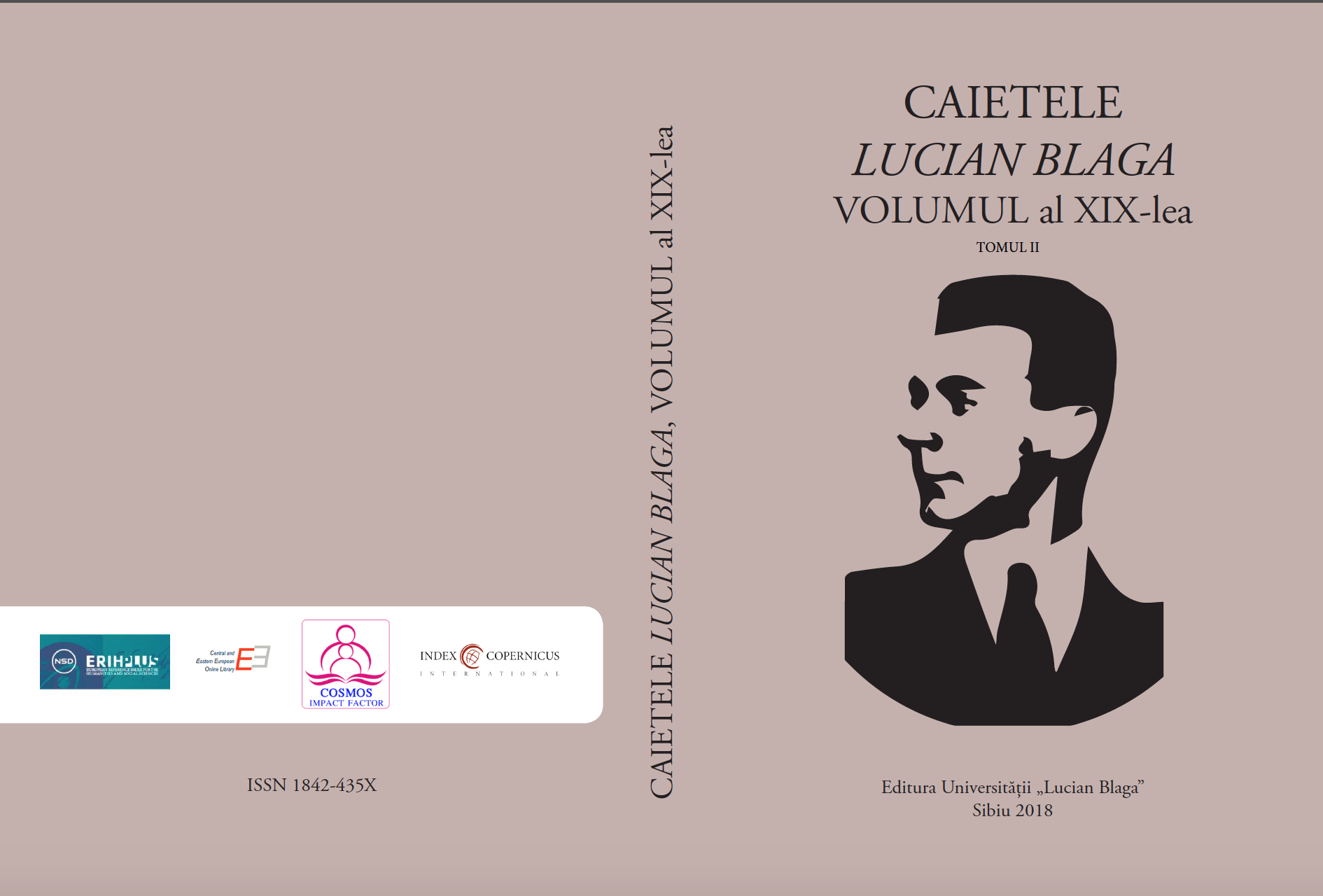Discourse markers as signals of self-repair in spontaneous Italian language
Discourse markers as signals of self-repair in spontaneous Italian language
Author(s): Jana KendaSubject(s): Language studies, Language and Literature Studies, Foreign languages learning, Applied Linguistics, Translation Studies
Published by: Editura Universitatii LUCIAN BLAGA din Sibiu
Keywords: self-repair; self-correction; spontaneous speech; discourse markers; pragmatic functions; metadiscourse;
Summary/Abstract: Repair is one of the fundamental mechanisms for the organization of spoken discourse, specially of natural, spontaneous conversation which is characterized by the linearity of discourse and a scarce possibility of planning. The presentation deals with the study of discourse markers (DMs) as signals of self-repair in spontaneous Italian language. The work presents the analysis of the metatextual function of DMs, as they facilitate the organisation of the conversation by enabling the speakers to intervene on their prior speech: by self-repair (providing examples, appropriate definitions and additional information or paraphrasing) or by self-correction (correcting morphological, syntactical or phonological mistakes, finding more suitable collocations of words or attenuating the meaning of their words). The analysis on seventeen native speakers has shown that the speakers are very creative in using (sometimes even inventing ad hoc forms) more than fifty different types of DMs to signal the above mentioned pragmatic functions for speech management. This multitude of forms demonstrates the dynamism and flexibility of spoken language, but it also proves that it is far more important and useful to deal with their pragmatic functions since bare classifications cannot capture all their (pragmatic) potential. On the other hand, it has been proven that self-repair i) is potentially pertinent to the structure of any utterance; ii) represents an effective alternative to other mechanisms of spoken discourse; iii) can predominate over the production of the following element(s) by reorganizing the syntactical organization of previously uttered discourse
Journal: Caietele Lucian Blaga
- Issue Year: 19/2018
- Issue No: 19/2
- Page Range: 61-82
- Page Count: 22
- Language: Romanian, Slovenian

